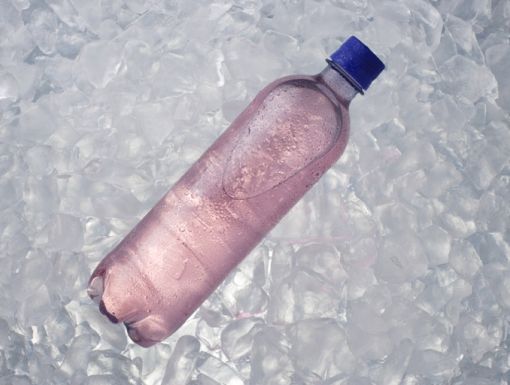
The Safest and Eco-Friendliest Water Bottles Worth Buying
An adequate fluid intake is key to staying healthy, and there’s no more convenient way of ensuring throughout-the-day hydration than by keeping a water bottle handy.
But these seemingly harmless drink containers can have a big impact on the body, not to mention the environment.
In fact, many of them are made from materials containing bisphenol A (BPA), a chemical linked to health issues like reproductive abnormalities, inflammatory bowel disease and insulin resistance. Meanwhile, approximately fewer than half of the one million plastic bottles sold every minute are collected for recycling, further endangering our planet.
It’s clear that when it comes to our own health – and the health of the environment – not all containers are created equal. Here are the best and worst, as introduced on a recent installment of WGNO’s “Love it, Like it or Hate it.”
Love It!
Opting for reusable containers made from glass, ceramic and stainless steel helps to reduce the amount of chemicals that leech into your beverage as well as the waste in the environment.
- S’well Insulated Stainless Steel Bottles: Available locally at stores like Earthsavers Spa & Store; from $25
- Stainless Steel Tumbler: With handle, slide-close lid and straw; $14.99
- BKR Glass Bottles: The silicone sleeve provides a nice grip and protects the bottle; from $28
- Stainless Sippers: Take it a step further with reusable stainless-steel straws; set of 8 for $7.69
Like It!
These plastics are considered safer and eco-friendlier, as they are free of BPA and related toxins.
- Nalgene-style bottles and other reusable plastics
- Plastics with numbers 1, 2, 4 and 5: Check the bottom for the recycling numbers
Hate It!
Most commonly used in packaging for deli meats and snack kits, these materials make up large percentages of landfill volume in the United States.
- Styrofoam: Depending on environmental conditions, it can take up to 1 million years for Styrofoam to break down.
- Plastics with the numbers 3, 6 and 7: Steer clear of these since they contain potentially harmful chemicals and are the most difficult to recycle.



